The Peter Smith University of Botswana (PSUB) herbarium in Maun, at the Okavango Research Institute (ORI) a part of the University of Botswana, recently made an exciting find with expertise from Royal Botanic Gardens Kew in London. It is probably a new species of plant called Inversodicraea in the family called Podostemaceae.
This plant was collected in 1984 by the man after whom our herbarium is named: Mr. Peter A. Smith he was an incredibly meticulous botanist who was trained as an accountant. Pete, as he was commonly called, donated his comprehensive, unique collection of plant specimens to ORI for safe keeping, scientific study and for the use of the Maun community. Sadly, he passed away in 1999. However, we are fortunate to also have inherited his reference books, maps, photographs and much of his professional correspondence. These are housed in the ORI Library. Our work at PSUB builds on his work, he has left us much to do
This plant is really quite strange, as you can see from the image of the actual, dried specimen, they look superficially like a seaweed. They are water dependant; the water should be low in nutrients, clear (have little silt), be fast flowing and the water must have seasonal highs and lows so that the plant may be partially exposed in order for it to flower. In addition, these plants must have something solid and immobile, rock normally, for it to cling on to. There are not many places where all those factors occur simultaneously in sandy, dry, Botswana.
So, you ask, why is it important? This insignificant little plant was collected some 35years ago and has only just been found to be a new species. The simple fact that it was kept safe and sound in our herbarium is thanks to the diligence of many people and primarily the man who was curious enough to collect it properly at the time: the late Pete Smith. Without all the details he recorded and the care with which he pressed it we would never have been able to have it identified. The plant is (perhaps ‘was’) important because it tells us that the Chobe river at that time provided all those factors it needed to flourish, to grow, flower and make seed.
The question is then; does the river still provide the right habitat for this species of plant? Is the Chobe river still low in nutrients, not full of fertilisers and sewage? Does the water still flow fast enough, deep enough and long enough? Does the water level change enough for the plant to become exposed in order to flower? Now, you see that this little plant, if it is still there or not, is telling us something about the health of our Chobe river. It is also telling us something about the activities upstream, about the land use, about human behaviour and about the climate: whether there has been sufficient rain in the headwaters for the water level fluctuations to have occurred. These are big messages from a small plant!
PSUB herbarium is, by international standards, a small herbarium. It houses some 20 000 specimens which document the majority of the approximately 1 800 plant species that grow in Ngamiland in northern Botswana. PSUB’s plant collection especially well represents the flora of the Okavango delta which is the 1000th World Heritage site as declared in 2014.
The numbers of species and records held at PSUB herbarium are estimates as we are still identifying and recording specimens in the collection through a Data Mobilization Project. Through this project, with funding support from Desert and Delta Safaris, we are working towards getting information like this ‘out there’. We know that our ‘small’ PSUB herbarium has some big messages stored in it. So, our work is making these plant’s stories available to people like you, and others, who are interested in the future of the wetlands of northern Botswana.
Article by Mrs Frances Murray-Hudson
Data Mobilisation Project Assistant, PSUB Herbarium, Okavango Research Institute.
Contact us for more information: fmurray-hudson@ub.ac.bw
Or PSUB Herbarium Curator, Mr. Joseph Madome: madome@ub.ac.bw



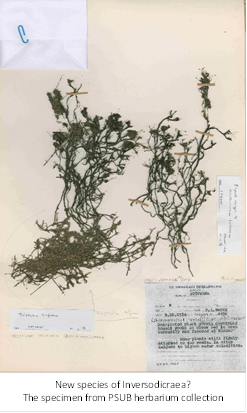
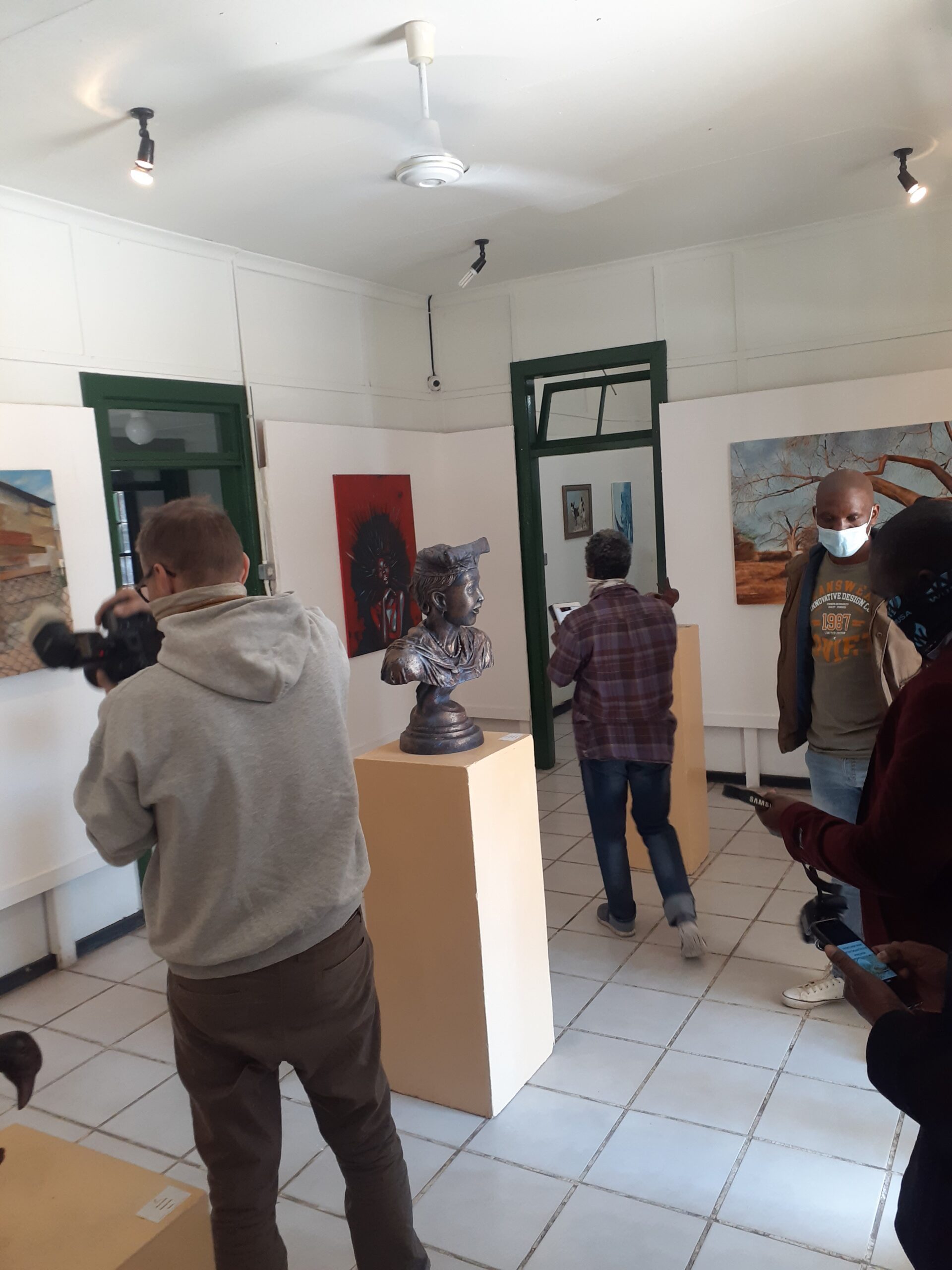
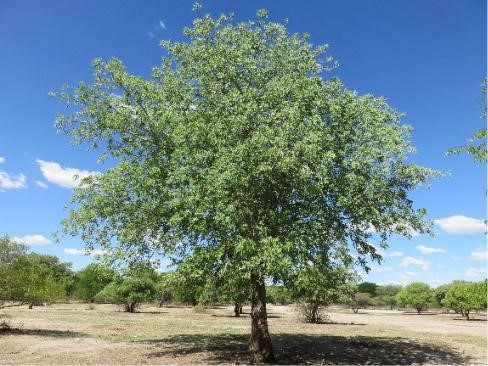
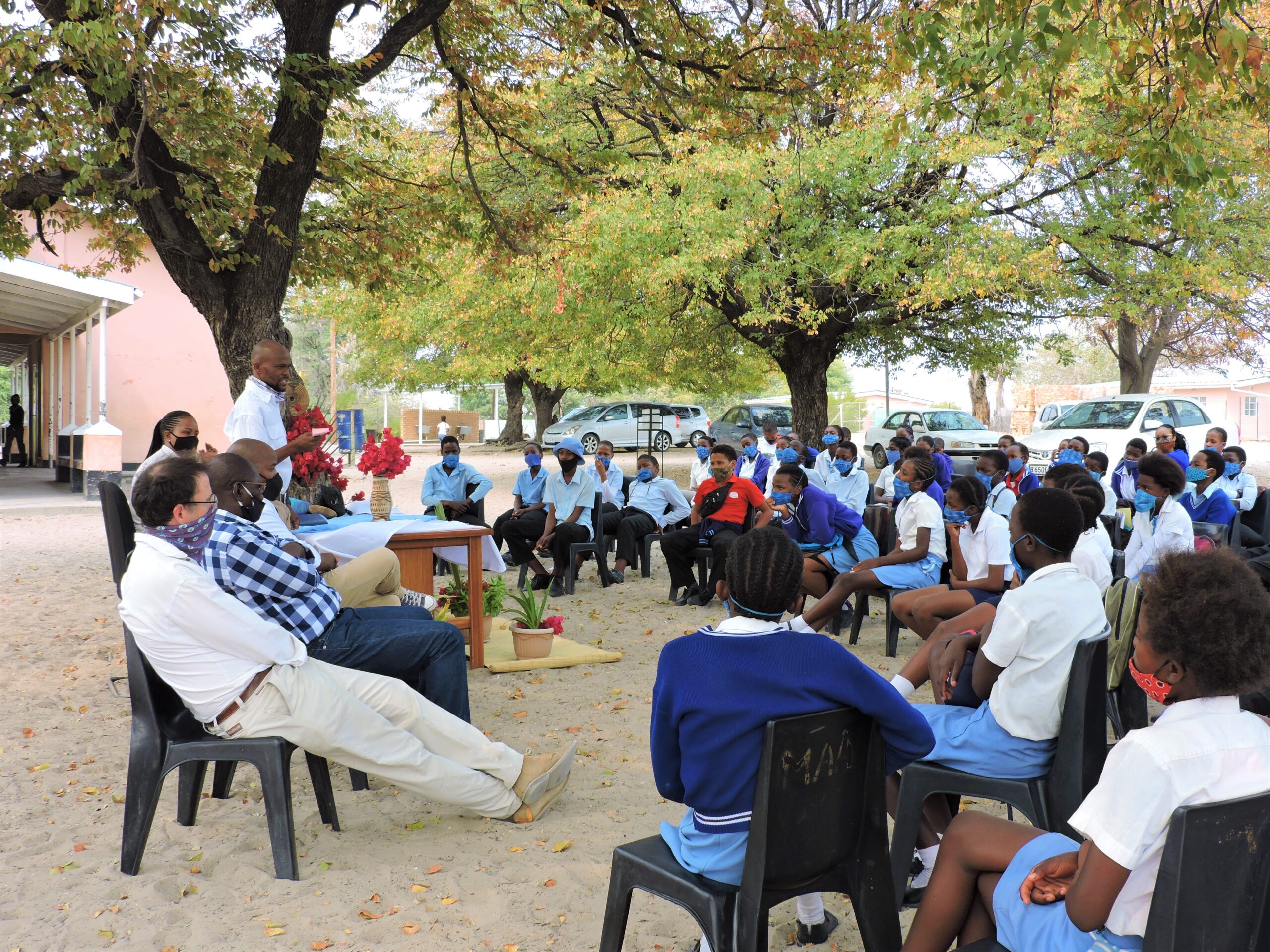
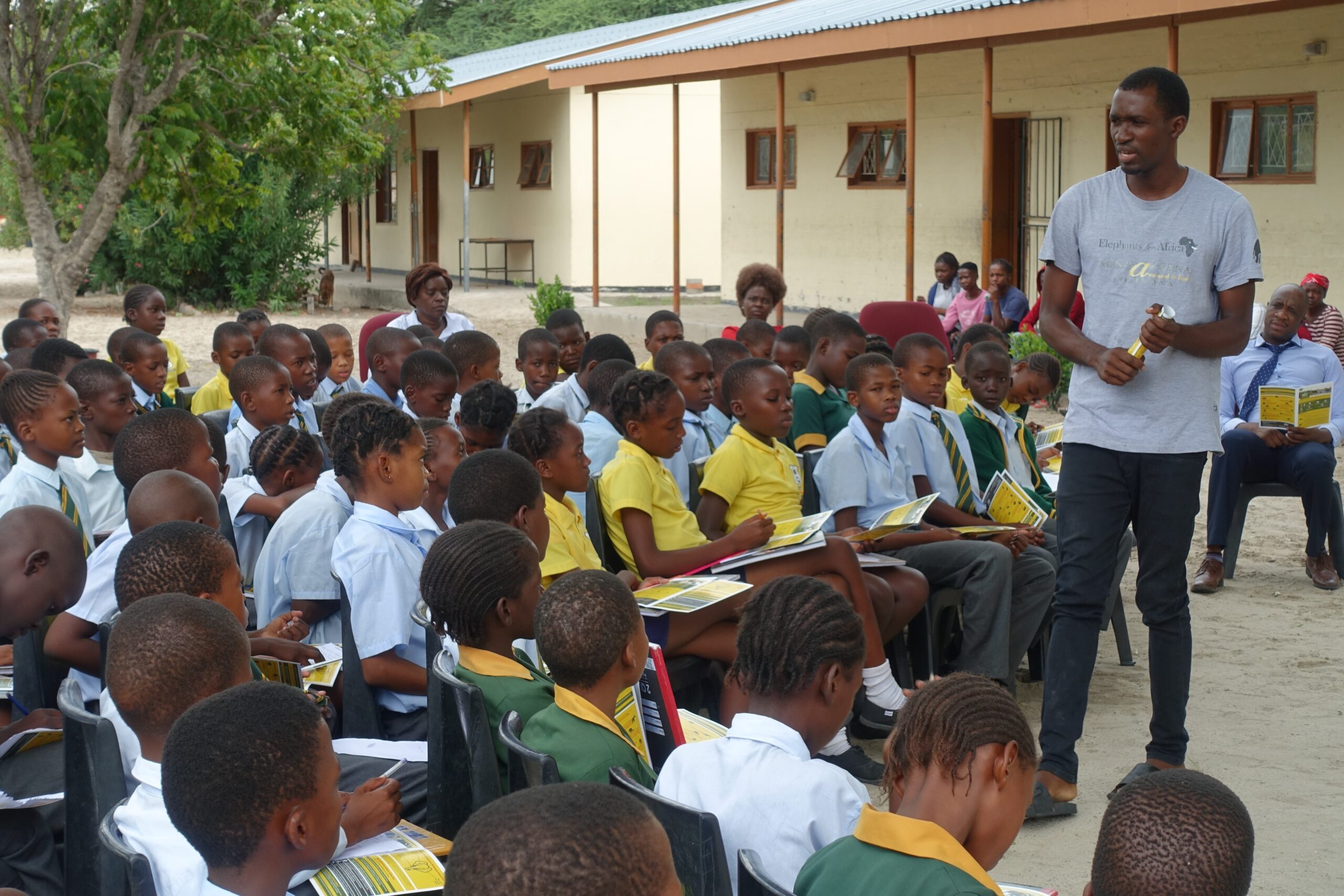
0 Comment